There can be your advertisement
300x150
How to Plan the Perfect Garden: 5 Key Rules
Planning to create a garden? We share what to consider to avoid mistakes
Landscape architect Victoria Donskikh shared tips on what to consider when planning a garden so nothing has to be redone and each plant is in its right place.
Victoria Donskikh — EXPERT, Landscape Architect at Bureau "Arbor"
Pay attention to underground utilities
For planting trees and plants, you will need an engineering plan — a schematic of underground utilities: electricity, gas, and water supply. This way, during planting you won't run into wires that would require changing the entire garden project.
The engineering plan can be requested from the company that installed the utilities or from BTI.

Divide the plot into zones
Determine how you will divide the plot and how much space you are willing to allocate for each zone. Usually, four zones are allocated:
- residential (house, summer kitchen, and internal courtyard);
- utility (various utility buildings);
- garden and vegetable plot;
- recreation zone (pavilion, pool, and barbecue area).

Don't forget about paths
After you have planned the zones, you can move on to paths and walkways. It's very important that they go where it's most convenient for you to walk.
It's not necessary to make them straight: wavy lines will be much more interesting. It's best to connect the paths into a single route — this is practical and will look cohesive and beautiful.
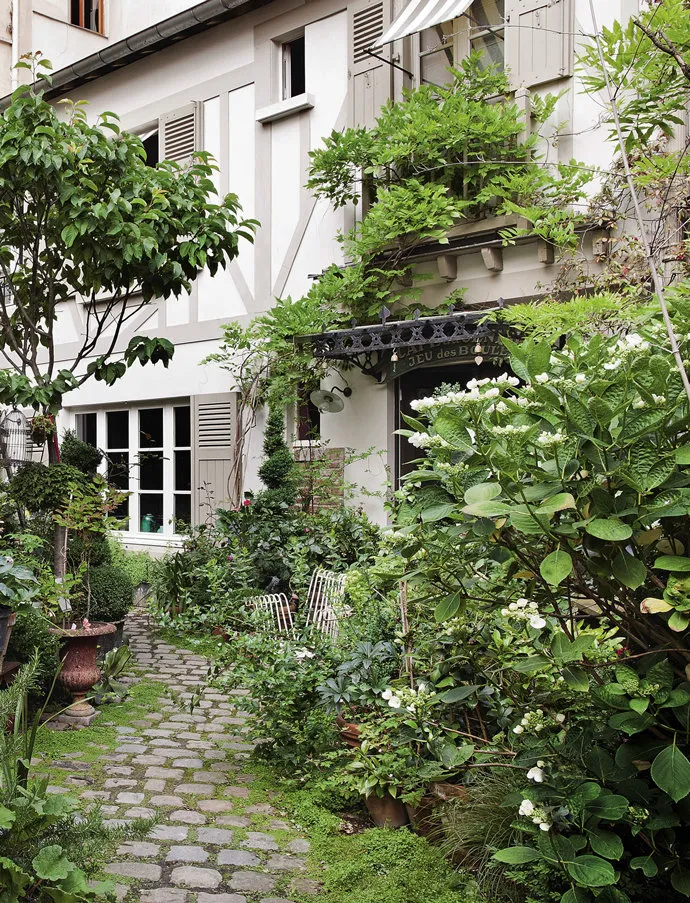
And the relief
You may need vertical planning — artificial modification of the existing terrain by excavation, filling with soil, or smoothing slopes. This technique prevents water stagnation and distributes moisture in the soil evenly.
For vertical planning, it's better to contact specialists — they will create an optimal relief for your plot and plants.
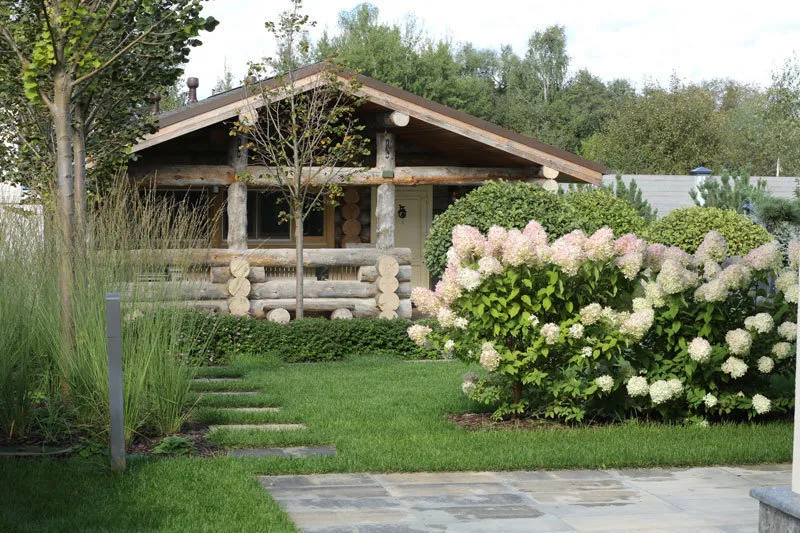
Take into account the features of your plot
Mark on the plan the direction of winds, times and places where shadows appear during the day, and locations of warm and cold spots. After that, it will be easy to understand which plants will thrive and which ones you should avoid. For example, the most shade-tolerant plants are linden and alder, astilbe and hydrangea, while sun-loving ones are roses and lilyturf.
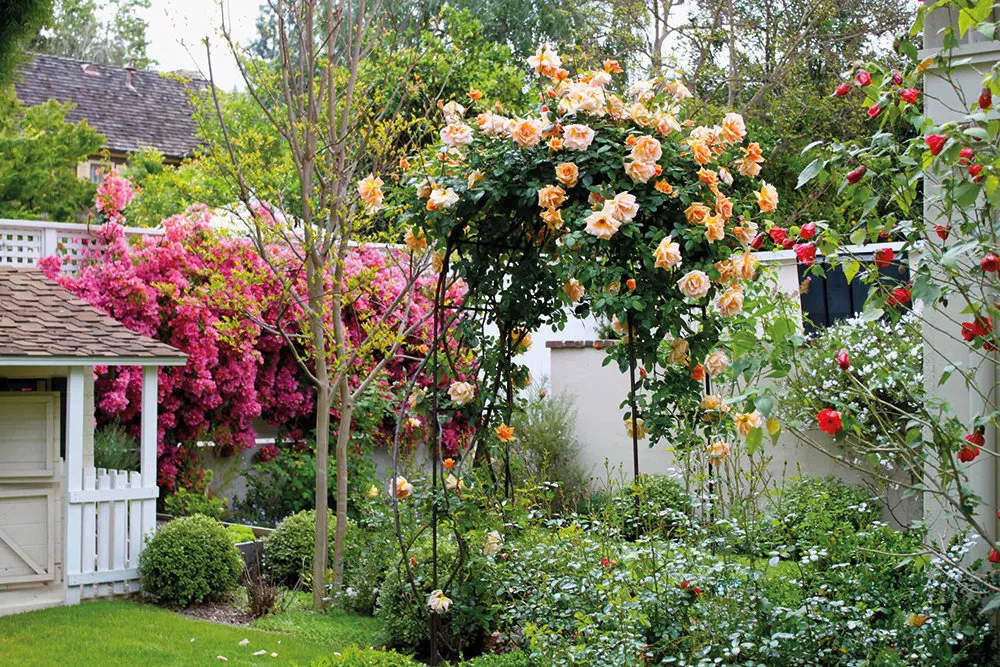
More articles:
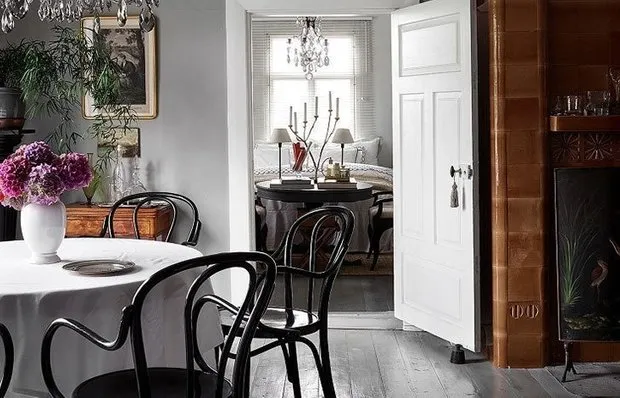 How a Designer Decorated the Interior of an Old House in Finland
How a Designer Decorated the Interior of an Old House in Finland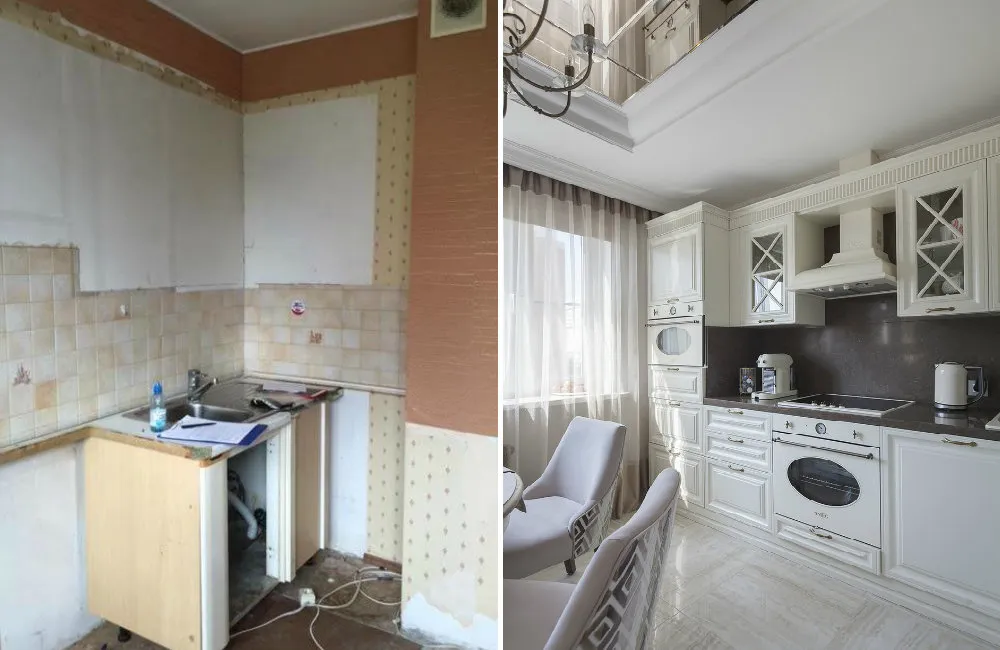 Before and After: How "Killed" Apartments Changed After Renovation
Before and After: How "Killed" Apartments Changed After Renovation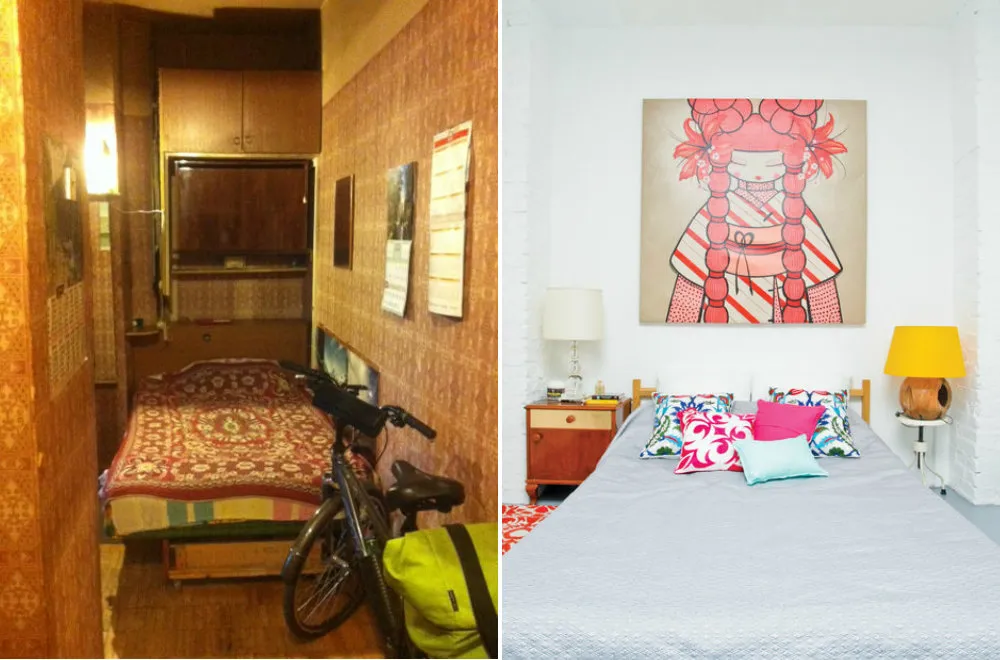 6 More Incredible Transformations of Old Apartments
6 More Incredible Transformations of Old Apartments 5 Unusual Ideas for Decorating a Country House
5 Unusual Ideas for Decorating a Country House Before and After: How Designers Transformed Old Dachas
Before and After: How Designers Transformed Old Dachas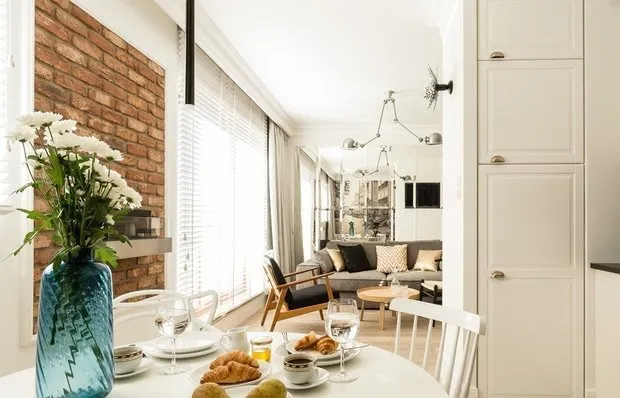 Small Apartment in Gdansk That Looks Spacious
Small Apartment in Gdansk That Looks Spacious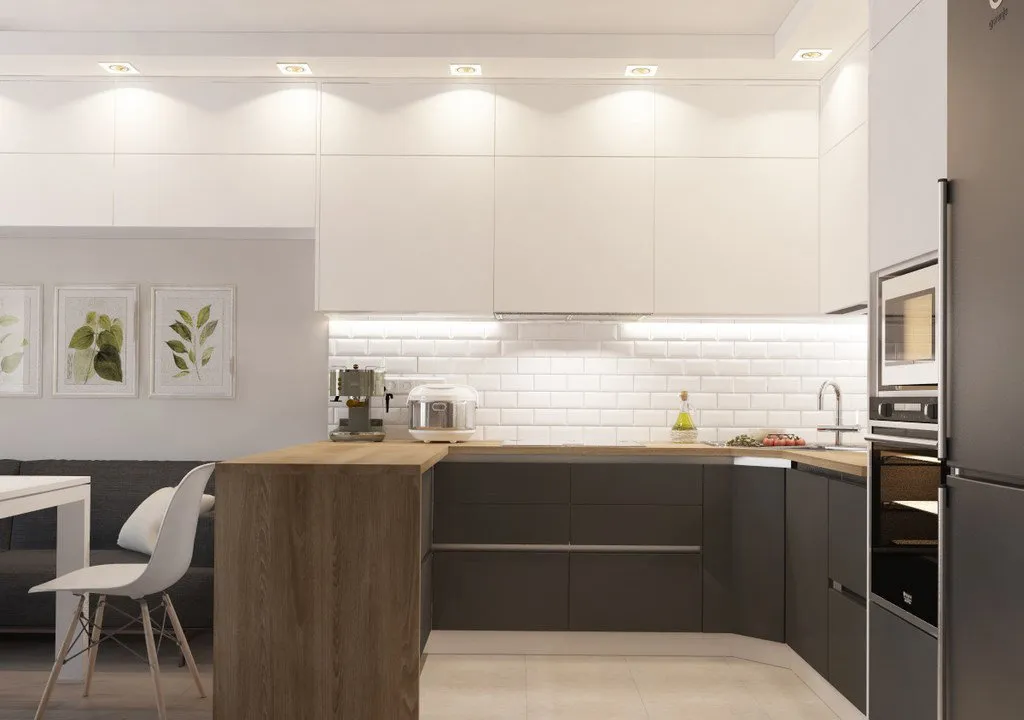 For and Against: Suspended Ceilings
For and Against: Suspended Ceilings How to Properly Store Clothes in a Wardrobe
How to Properly Store Clothes in a Wardrobe